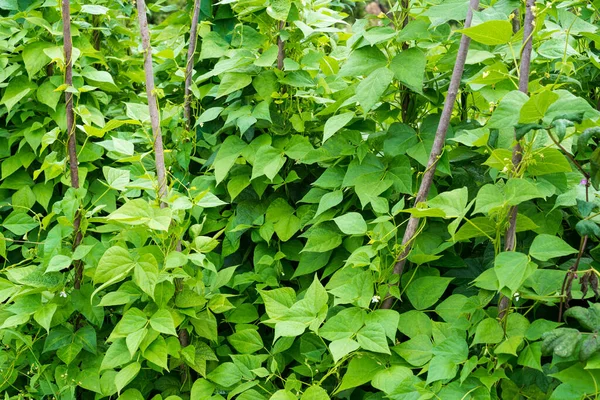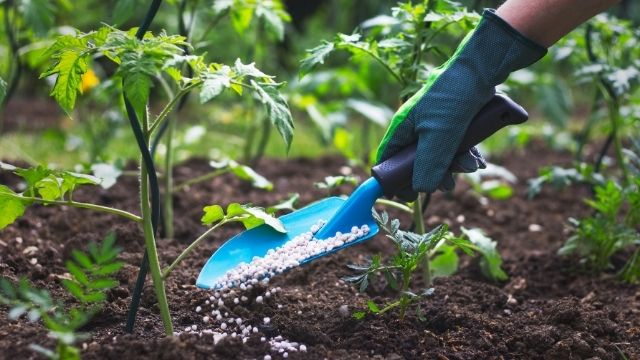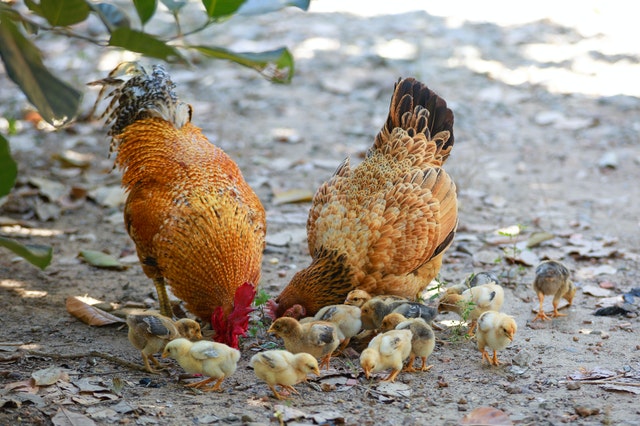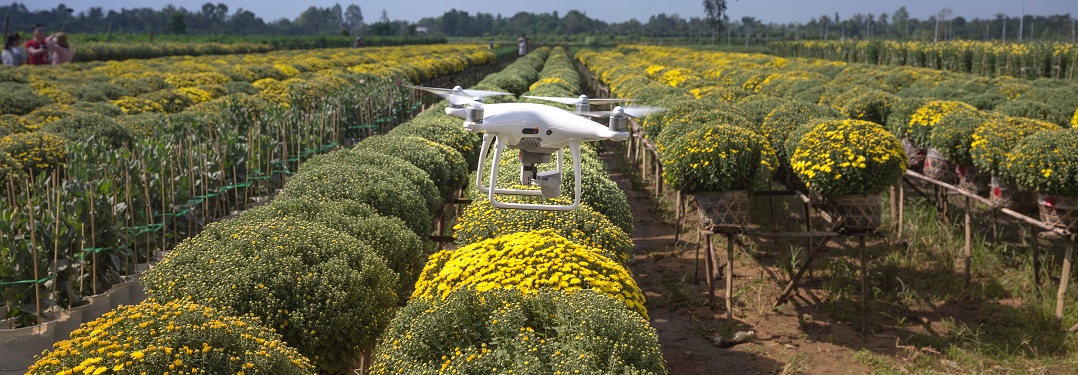Climbing beans, also known as pole beans, are a popular choice among Kenyan farmers due to their high yields and adaptability to various altitudes. This blog explores the best climbing bean varieties recommended for cultivation in Kenya, highlighting their unique attributes and benefits.
Introduction to Climbing Beans
Climbing beans (Phaseolus vulgaris L.) are a versatile and nutritious crop. They thrive in a range of altitudes, particularly between 1,500 and 2,200 meters above sea level, and are well-suited to the Kenyan climate. The varieties listed here have been carefully selected based on their performance, disease resistance, and yield potential.
Benefits of Growing Climbing Beans
High Yield Potential
Climbing beans typically offer higher yields compared to bush beans due to their vertical growth habit, which maximizes space utilization.
Disease Resistance
Many climbing bean varieties have been bred for resistance to common diseases such as anthracnose, rust, and common bacterial blight. This trait ensures better crop survival and reduced losses.
Adaptability
These varieties can adapt to a range of altitudes and climatic conditions, making them a versatile choice for different regions in Kenya.
Nutritional Value
Beans are an excellent source of protein, vitamins, and minerals, contributing significantly to the nutritional needs of the population.
Economic Benefits
The high yield and quality of climbing beans can lead to increased income for farmers. The demand for beans remains high in local and international markets, providing a reliable market for growers.
Summary Table of Climbing Bean Varieties
| Variety | Optimal Altitude (masl) | Maturity Duration | Grain Yield (tons/ha) |
|---|---|---|---|
| Flora | 1,500 – 2,200 | 4 – 5 months | 2 – 2.5 |
| Mvunikingi | 1,500 – 2,200 | 4 – 5 months | 2 – 2.5 |
| Umubano | 1,500 – 2,200 | 4 – 5 months | 2 – 2.5 |
| MAC 13 (Kenya Safi) | 1,400 – 2,000 | 3 – 4 months | 1.2 – 1.5 |
| MAC 34 (Kenya Tamu) | 1,400 – 2,000 | 3 – 4.5 months | 2 – 2.5 |
| MAC 64 (Kenya Mavuno) | 1,400 – 2,000 | 3 – 5 months | 2 – 3 |
| MN14 (Kenya Madini) | 1,500 – 1,900 | 3 – 4 months | 2.15 – 2.5 |
| MN17 (Kenya Majano) | 1,500 – 1,900 | 3 – 4 months | 2.2 – 3 |
| MN19 (Kenya Afya) | 1,500 – 1,900 | 3 – 4 months | 2.23 – 3.2 |
Top Climbing Bean Varieties in Kenya
1. Flora
Flora beans, released in 1996 by the Kenya Agricultural Research Institute (KARI), are well-suited for high-altitude regions. These beans are known for their light pink pods and robust growth, making them a popular choice among farmers in areas between 1,500 and 2,200 meters above sea level. Flora beans have a maturity duration of 4 to 5 months and offer a grain yield of 2 to 2.5 tons per hectare.
- Year of Release: 1996
- Optimal Production Altitude: 1,500 – 2,200 meters
- Maturity Duration: 4 – 5 months
- Grain Yield: 2 – 2.5 tons/ha
- Special Attributes: Light pink pods
2. Mvunikingi
Mvunikingi beans, also released in 1996 by KARI, are characterized by their red pods. These beans are particularly robust and perform well in high-altitude regions. They mature in 4 to 5 months and produce a grain yield of 2 to 2.5 tons per hectare.
- Year of Release: 1996
- Optimal Production Altitude: 1,500 – 2,200 meters
- Maturity Duration: 4 – 5 months
- Grain Yield: 2 – 2.5 tons/ha
- Special Attributes: Red pods
3. Umubano
Umubano beans, with their dark red pods, were released in 1996 by KARI and are known for their resistance to common bean diseases. They thrive in altitudes between 1,500 and 2,200 meters, mature in 4 to 5 months, and yield 2 to 2.5 tons per hectare.
- Year of Release: 1996
- Optimal Production Altitude: 1,500 – 2,200 meters
- Maturity Duration: 4 – 5 months
- Grain Yield: 2 – 2.5 tons/ha
- Special Attributes: Dark red pods, disease-resistant
4. MAC 13 (Kenya Safi)
MAC 13, or Kenya Safi, is a large-seeded bean with a cream-white background and red flecks. Released in 2012 by KARI and the University of Nairobi, it is known for its resistance to anthracnose. This variety performs well at altitudes between 1,400 and 2,000 meters and matures in 3 to 4 months with a yield potential of 1.2 to 1.5 tons per hectare.
- Year of Release: 2012
- Optimal Production Altitude: 1,400 – 2,000 meters
- Maturity Duration: 3.0 – 4.0 months
- Grain Yield: 1.2 – 1.5 tons/ha
- Special Attributes: Large-seeded, cream-white background with red flecks, resistant to anthracnose
5. MAC 34 (Kenya Tamu)
MAC 34, or Kenya Tamu, was also released in 2012 by KARI and the University of Nairobi. This variety is resistant to anthracnose and performs well in diverse environmental conditions. It is best suited for altitudes between 1,400 and 2,000 meters and matures in 3 to 4.5 months, yielding 2 to 2.5 tons per hectare.
- Year of Release: 2012
- Optimal Production Altitude: 1,400 – 2,000 meters
- Maturity Duration: 3.0 – 4.5 months
- Grain Yield: 2 – 2.5 tons/ha
- Special Attributes: Red mottled, large wedge-shaped seeds; resistant to angular leaf spot and common bacterial blight
6. MAC 64 (Kenya Mavuno)
MAC 64, or Kenya Mavuno, released in 2012 by KARI and the University of Nairobi, is known for its dark red mottled seeds and resistance to anthracnose and common bacterial blight. This variety thrives at altitudes between 1,400 and 2,000 meters, matures in 3 to 5 months, and yields 2 to 3 tons per hectare.
- Year of Release: 2012
- Optimal Production Altitude: 1,400 – 2,000 meters
- Maturity Duration: 3.0 – 5.0 months
- Grain Yield: 2 – 3 tons/ha
- Special Attributes: Dark red mottled, medium-seeded, resistant to anthracnose and common bacterial blight
7. MN14 (Kenya Madini)
Kenya Madini, released in 2010 by the University of Nairobi, is a variety known for its high grain iron and zinc concentration. It performs well at altitudes between 1,500 and 1,900 meters and matures in 3 to 4 months, yielding 2.15 to 2.5 tons per hectare.
- Year of Release: 2010
- Optimal Production Altitude: 1,500 – 1,900 meters
- Maturity Duration: 3 – 4 months
- Grain Yield: 2.15 – 2.5 tons/ha
- Special Attributes: High grain iron and zinc concentration; medium-sized, yellow grain
8. MN17 (Kenya Majano)
Kenya Majano, another variety released in 2010 by the University of Nairobi, is also noted for its high grain iron and zinc concentration. It is suitable for altitudes between 1,500 and 1,900 meters, matures in 3 to 4 months, and yields 2.2 to 3 tons per hectare.
- Year of Release: 2010
- Optimal Production Altitude: 1,500 – 1,900 meters
- Maturity Duration: 3 – 4 months
- Grain Yield: 2.2 – 3 tons/ha
- Special Attributes: High grain iron and zinc concentration; medium-sized, yellow seeds
9. MN19 (Kenya Afya)
Kenya Afya, released in 2010 by the University of Nairobi, is known for its high grain iron and zinc concentration. It is suitable for altitudes between 1,500 and 1,900 meters, matures in 3 to 4 months, and yields 2.23 to 3.2 tons per hectare.
- Year of Release: 2010
- Optimal Production Altitude: 1,500 – 1,900 meters
- Maturity Duration: 3 – 4 months
- Grain Yield: 2.23 – 3.2 tons/ha
- Special Attributes: High grain iron and zinc concentration; medium-seeded; brownish-yellow seeds
Growing Tips for Climbing High Yielding Beans
Soil Preparation
Climbing beans thrive in well-drained, fertile soils. Ensure the soil is rich in organic matter and has a pH of 6.0 to 7.0.
Planting
Plant climbing beans at the beginning of the rainy season for optimal growth. Space the seeds 10-15 cm apart in rows that are 50-60 cm apart.
Staking
Provide sturdy supports for the beans to climb. This can be in the form of stakes, trellises, or poles, which help maximize sunlight exposure and air circulation.
Watering
Ensure consistent watering, especially during flowering and pod development stages. However, avoid waterlogging, as beans are susceptible to root rot.
Pest and Disease Management
Regularly inspect your crop for signs of pests and diseases. Use recommended pesticides and fungicides as needed, and practice crop rotation to minimize the risk of soil-borne diseases.
Harvesting
Harvest climbing beans when the pods are mature and have reached the desired size. Regular picking encourages more production and can extend the harvest period.
Conclusion
Climbing beans are an excellent choice for Kenyan farmers due to their high yields, adaptability, and nutritional value. The varieties listed here have proven performance and disease resistance, making them ideal for cultivation in various regions. By following best practices in planting and care, farmers can enjoy bountiful harvests and contribute to food security and economic growth in Kenya.




Where to get the seeds suitable for taita hills